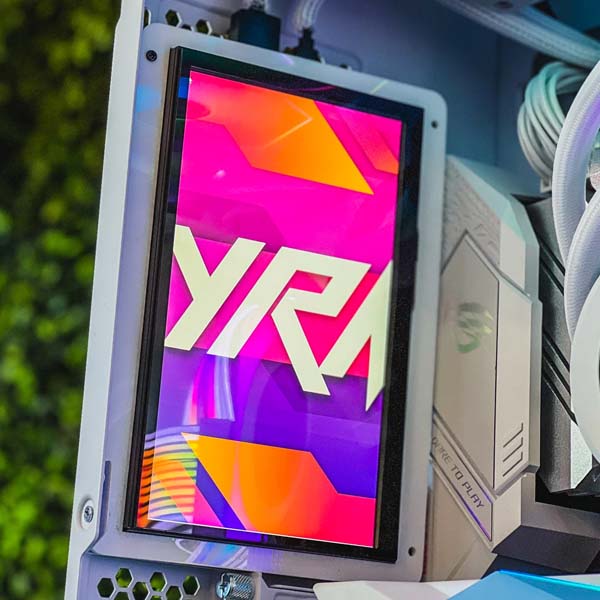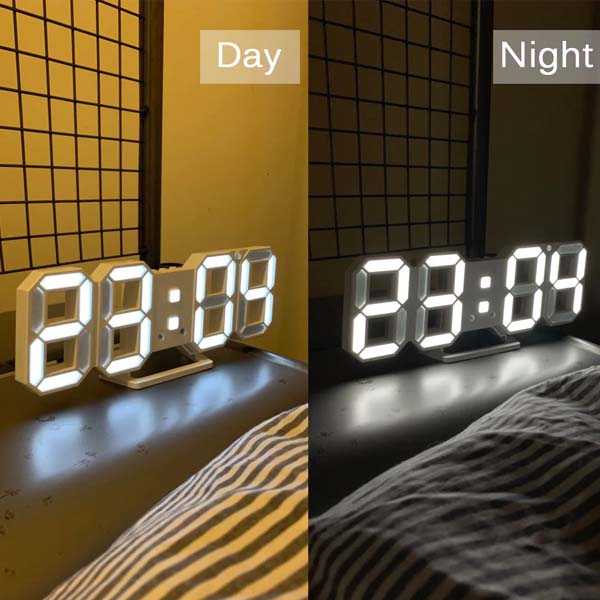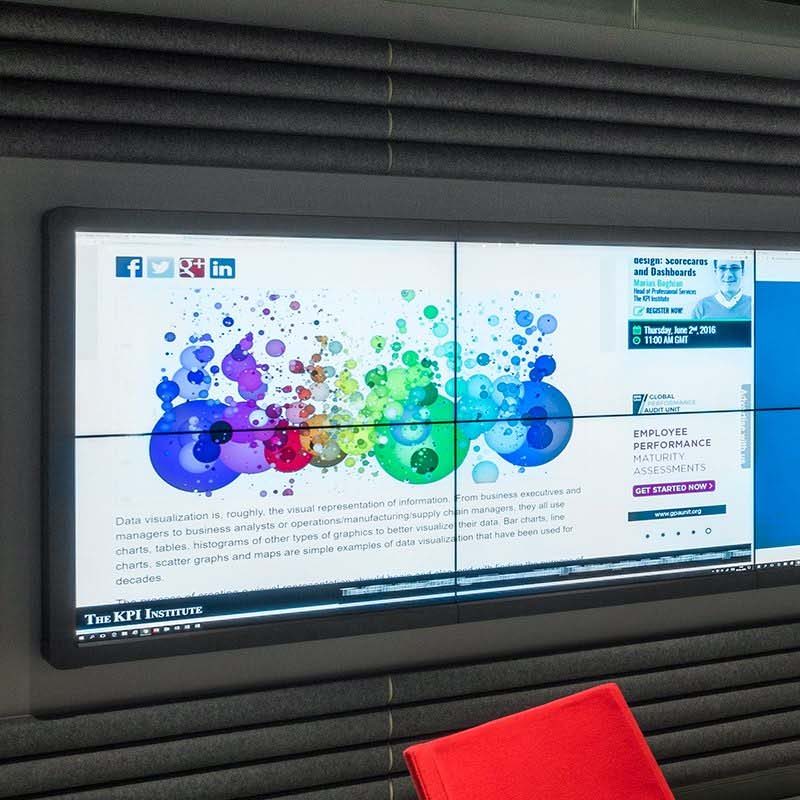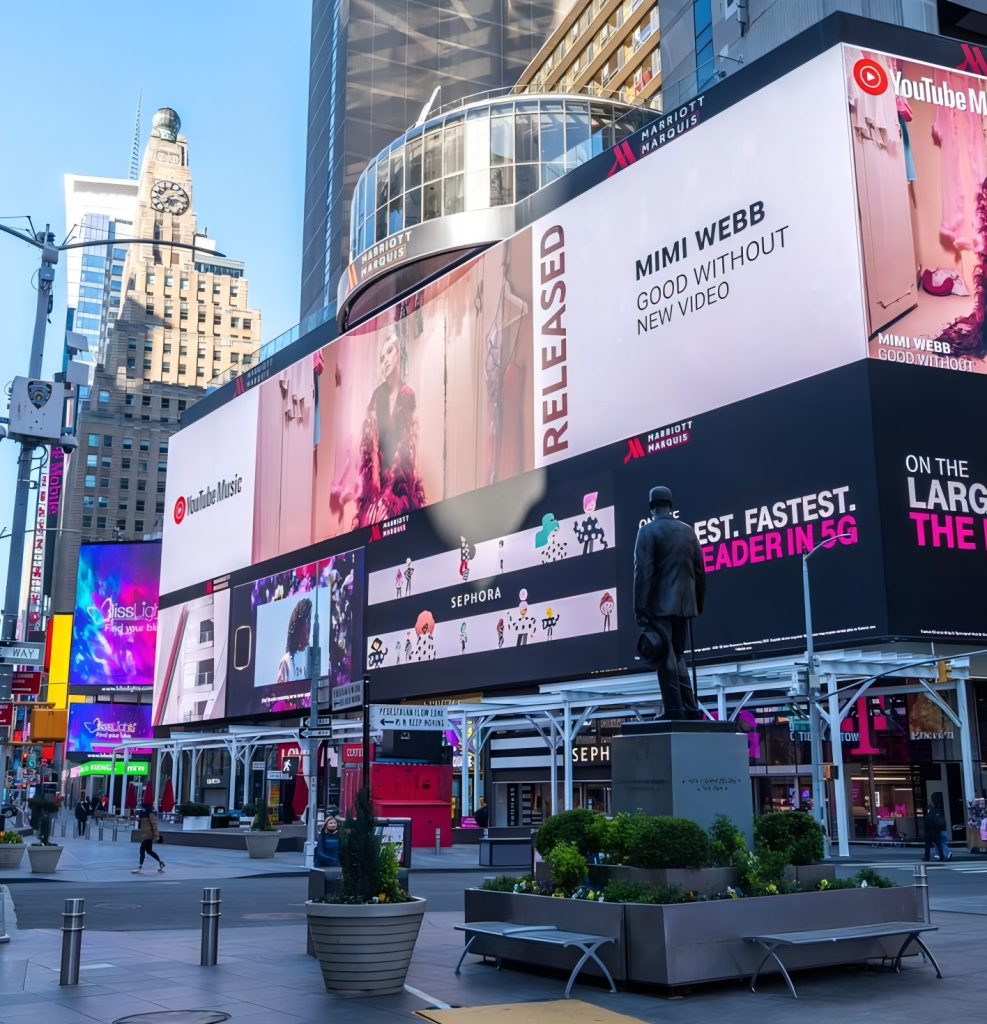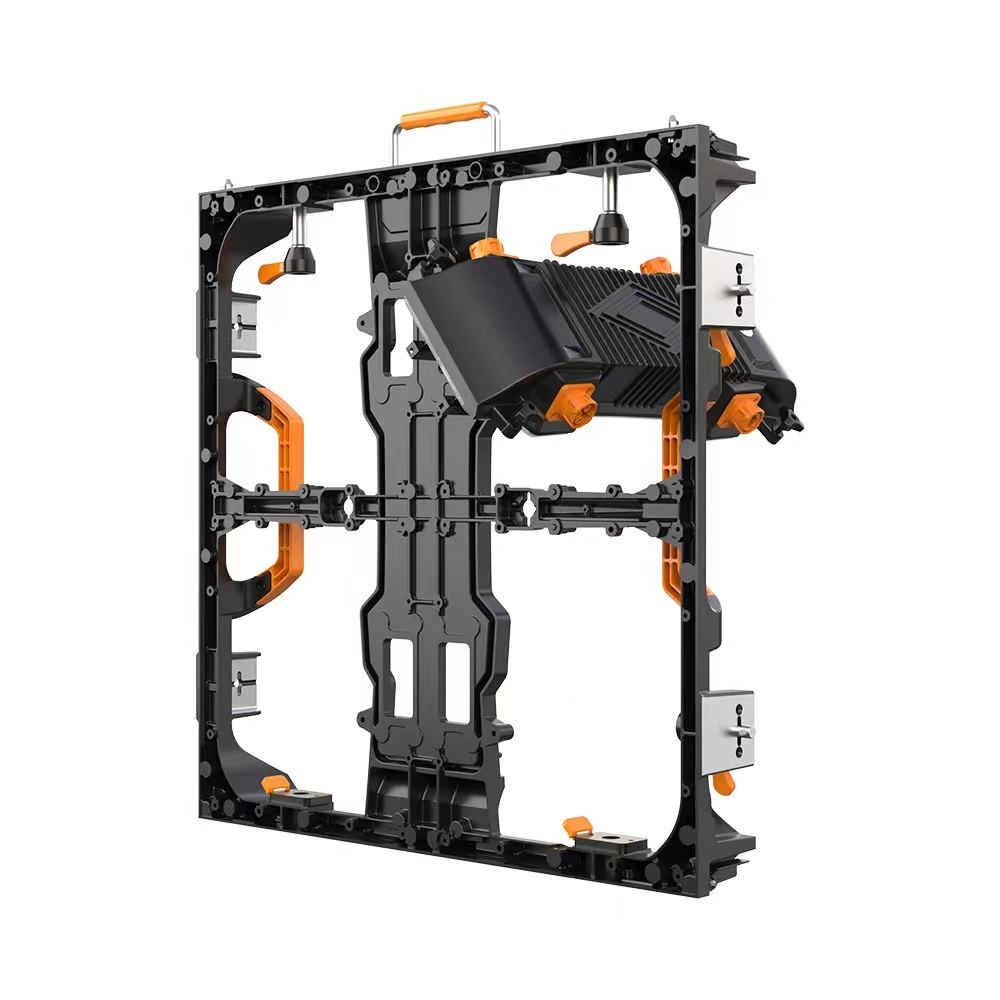In outdoor advertising, location is everything. The perfect billboard site doesn’t just get seen—it gets remembered. Whether you’re an advertiser, media agency, or signage operator, selecting a high-performing billboard site requires more than just available space. It demands a strategic balance of visibility, traffic, audience, and compliance.
Here’s how to make smart decisions when scouting for your next outdoor billboard location.
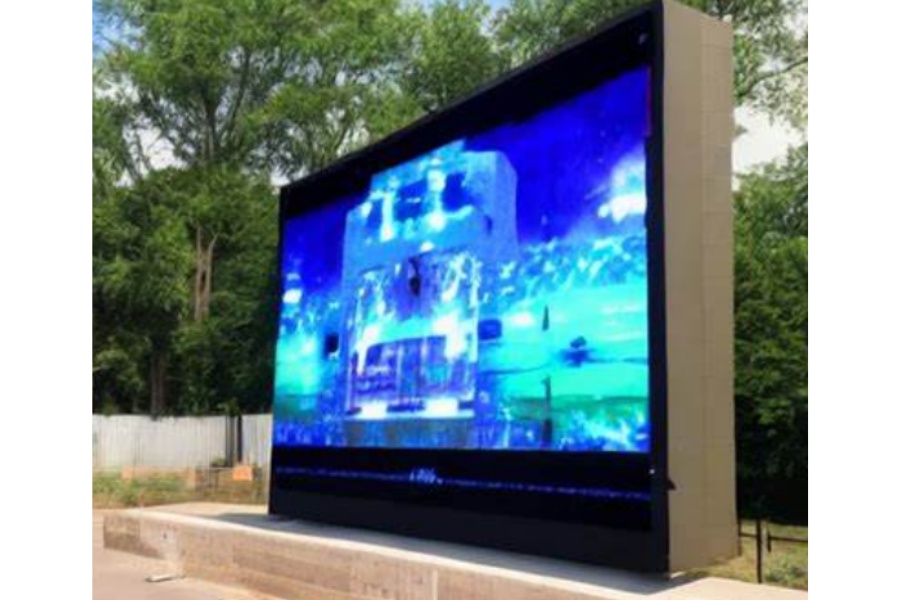
Define the Purpose and Audience First
Start with clarity:
· Are you promoting a local business, national brand, or event?
·Is your message meant for drivers, pedestrians, or transit passengers?
Understanding the target demographic—commuters, tourists, families, professionals—will narrow your location scope significantly.
Prioritize High-Traffic Zones
Footfall and vehicle flow directly influence exposure. Look for areas such as:
· Busy intersections and highways
· Near public transport hubs (subway stations, bus stops, airports)
· Entertainment districts, malls, stadiums
Use traffic volume reports or GPS-based analytics to back up your site selection with data.
Maximize Visibility and Readability
A great location means nothing if the billboard isn’t seen clearly. Check for:
· Line-of-sight obstructions (trees, poles, overpasses)
· Sun glare or night lighting conditions
· Elevation and angle toward the traffic direction
Billboards should face oncoming traffic and be visible for at least 5–8 seconds.
Understand Zoning Laws and Permits
Before committing, research local regulations:
· Is outdoor advertising permitted in this area?
· What are the size, height, and setback restrictions?
· Does the site require city, state, or private landowner approval?
Failing to comply can mean costly takedowns or delays.
Evaluate Competition and Brand Saturation
Too many billboards in one area? Your message might get lost in the noise.
Too few? You might stand out—but miss the audience.
Analyze:
· Existing billboard density
· Dominant advertisers in the area
· Visual uniqueness of your creative space
6. Consider Digital vs. Static Opportunities
Some areas are better suited for digital LED billboards, offering content rotation and real-time updates. Others may benefit from static displays due to permitting ease or local preferences. Evaluate based on:
· Local infrastructure support (power, data connectivity)
· Audience dwell time (ideal for changing messages)
· Content management capability (do you need remote control?)
7. Conduct a Site Audit
Before final decision:
· Visit the site during different times of the day
· Observe traffic flow and environmental changes
· Capture photos/videos for simulation previews
· Speak with locals or neighboring businesses for insights
8. Think Beyond Just the Billboard
Today’s billboard site can include added tech—QR codes, proximity beacons, LED interactivity, solar power setups. Consider how the location can support value-added features to maximize ROI and brand impact.
Why Work With KSSDISPLAY?
At KSSDISPLAY, we help clients not just install screens—but strategically place them for optimal results. Our services include:
· Site scouting and feasibility studies
· GIS-based traffic and demographic analysis
· Local compliance research and permit application
· LED display system design and installation
· Post-installation analytics and maintenance
From digital billboards along highways to immersive displays at event venues, we partner with brands, landlords, and agencies to ensure every screen delivers value from day one.
Final Thoughts
Finding the right outdoor billboard site is part art, part science. It takes data, foresight, and local expertise. But when done right, the right location becomes a lasting impression—seen by thousands every day. With the right strategy, your billboard won’t just take up space—it will own it.

